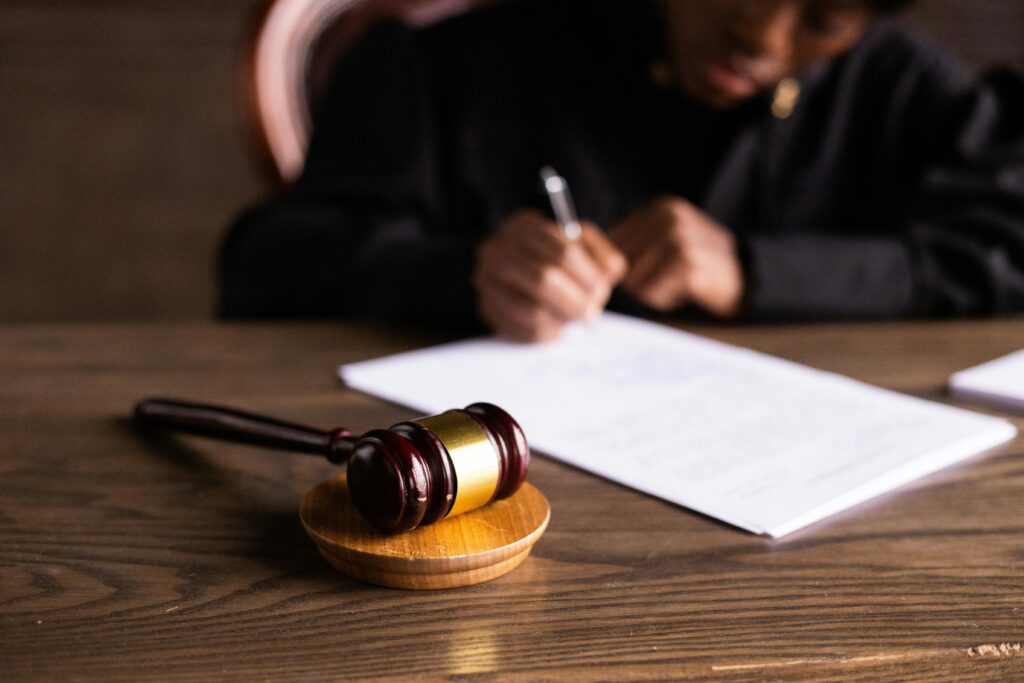
Who is Lady Hale of Richmond?
Brenda Marjorie Hale, Lady Hale of Richmond, is a name well-known to anyone who has studied or practices law. Lady Hale has delivered judgments in landmark cases, including Radmacher v Granatino [2010], which overruled previous case law and confirmed the validity of pre-nuptial agreements. More recently, Lady Hale played a role in the case of R (Miller) v the Prime Minister [2019], which ruled that the advice given by Boris Johnson to Queen Elizabeth II that Parliament should be prorogued for a period of five weeks was unlawful.
Lady Hale is an inspirational woman within the legal industry, an industry that was male-dominated for a long period. Her successful career is an example that women, too, can take on roles that have predominantly been occupied by men for many years. In fact, women were entirely prevented from practicing law in the UK until an Act of Parliament was implemented in 1919, which introduced equal employment status for women – a fact that is difficult to believe considering the UK’s justice system dates back to the 12th century.
Lady Hale’s career began when she graduated from Cambridge in 1966. She later taught law for a period of time until she qualified as a Barrister in 1984, where she practiced at the Manchester Bar and specialised in Family and Social Welfare law. It is estimated that only 30% of Barristers practicing in 1984-1985 were female, showing that even relatively recently, there has been a significant disparity between the number of practicing male and female Barristers.
In 1984, Lady Hale became the first woman to be appointed to the Law Commission. This is significant, as the Law Commission is an independent body that reviews the law of England and Wales and recommends changes to the law where necessary. Until Lady Hale’s appointment, the Law Commission was not represented by women at all.
Lady Hale went on to become a High Court Judge in 1994, and in 1999, she became the second woman to be promoted to the Court of Appeal. In these two courts, she made leading judgments that are studied by many law students today. As recently as January 2004, Lady Hale was appointed as the first woman ‘Lord of Appeal in Ordinary’, a Law Lord sitting in the House of Lords. To have a woman sitting in the House of Lords considering bills (draft laws), considering public policy, and holding the government to account was a significant achievement that has helped to pave the way for future generations of women in law who aspire to take on similar roles.
In June 2013, Lady Hale became the Deputy President of the UK Supreme Court, and in September 2017, she became the first female President of the Supreme Court. The Supreme Court is the highest Court in the UK judicial system and is the final Court of appeal. Again, this was a victory for gender equality in the judiciary. In 2020, Lady Hale retired from this role after reaching the mandatory retirement age.
Why is Lady Hale Inspiring to Me?
Lady Hale is an inspiration to women in law as she has shown that, though there was a time where women were not legally able to practise law, now women are also able to become leading figures in the legal field. She came into the profession at a time when women were vastly underrepresented in the judiciary, and she proved that women are able to take on these roles too.
Today, I am grateful to see an increase in the number of women practising law. The SRA published that in 2023, the percentage of women in law firms rose to 53% and, in the same year, the SRA published that 62% of solicitors are women. This shift towards gender equality for women in the legal industry originates from women like Lady Hale who became the first to take on the roles that were only occupied by men for so long.




